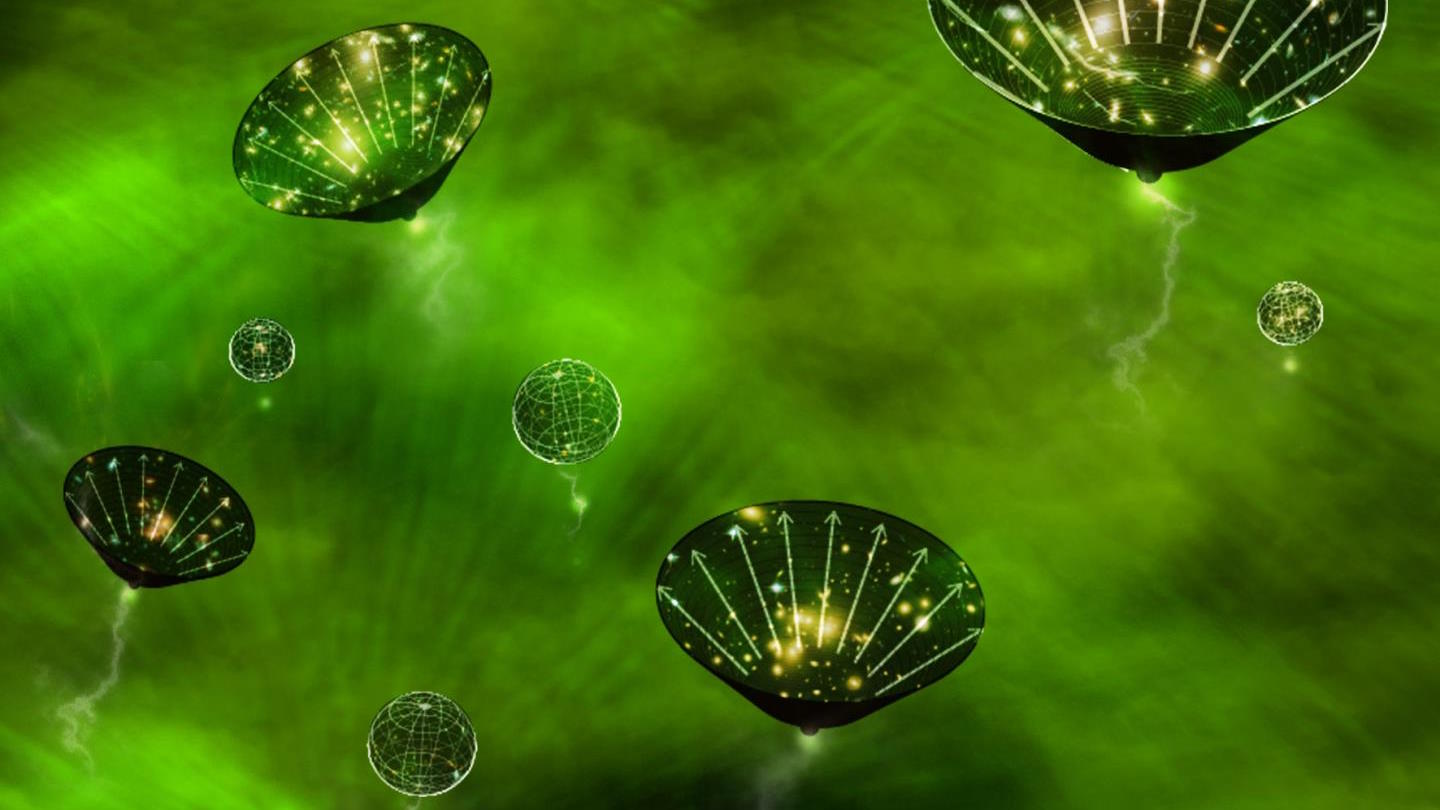Even At Rest Our Brains Are Priming Us to Be Social

Facebook has a hold on a portion of our time. We like, comment, and update during our spare moments at work, waiting in line, and so on. Past research has shown that when you remove Facebook’s numbers — how many likes, notifications, and messages you have — it becomes far less addictive. However, researchers from UCLA think you would return to the social network anyway, saying even at rest, your brain is prepping you to be social.
There are portions of the brain that appear most active during our periods of rest. The question that has plagued scientists for the past 20 years is what purpose do those regions serve? Matthew Lieberman, a professor of psychology and biobehavioral sciences at UCLA, explained in a press release that the brain is preparing to “see the world through a social lens” during these periods of rest.
Researchers gathered 21 people to participate in an experiment to test this idea. Lieberman and his team put the participants in an fMRI machine where they tracked the participants’ brain activity while they looked at a set of 40 photographs, depicting people performing an action. The images were paired with captions that differed in their descriptions. The participants had to judge how accurate the caption expressed what was shown in the image. For example, one set contained captions describing the emotions of the person in the photo: “He is feeling bored,” or, “She is expressing self-doubt.” The second described actions: “He is resting his head,” or, “She is looking to her side.” And the third set contained a number and mathematical equation: “10: 18-8.”
The researchers found a region of the brain called the dorsomedial prefrontal cortex was active when participants were at rest, and that same region was just as active when participants were shown images with captions describing people’s emotions. However, this same region was not active when participants viewed images containing mathematical or action-related captions.
What’s more, the researchers noted that participants who had this region of their brain light up made significantly faster judgment calls if the next photo they saw had a caption relating to a person’s mental state.
Lieberman explained these findings would suggest that our brains are “getting us ready to see the world socially in terms of other people’s thoughts, feelings, and goals. That indicates it is important; the brain doesn’t just turn systems on. We walk around with our brain trying to reset itself to start thinking about other minds.”
He suggests this is why we take a break on social networks during our rest periods:
“When I want to take a break from work, the brain network that comes on is the same network we use when we’re looking through our Facebook timeline and seeing what our friends are up to. That’s what our brain wants to do, especially when we take a break from work that requires other brain networks.”
Read more at Science Daily.
Photo Credit: Shutterstock





